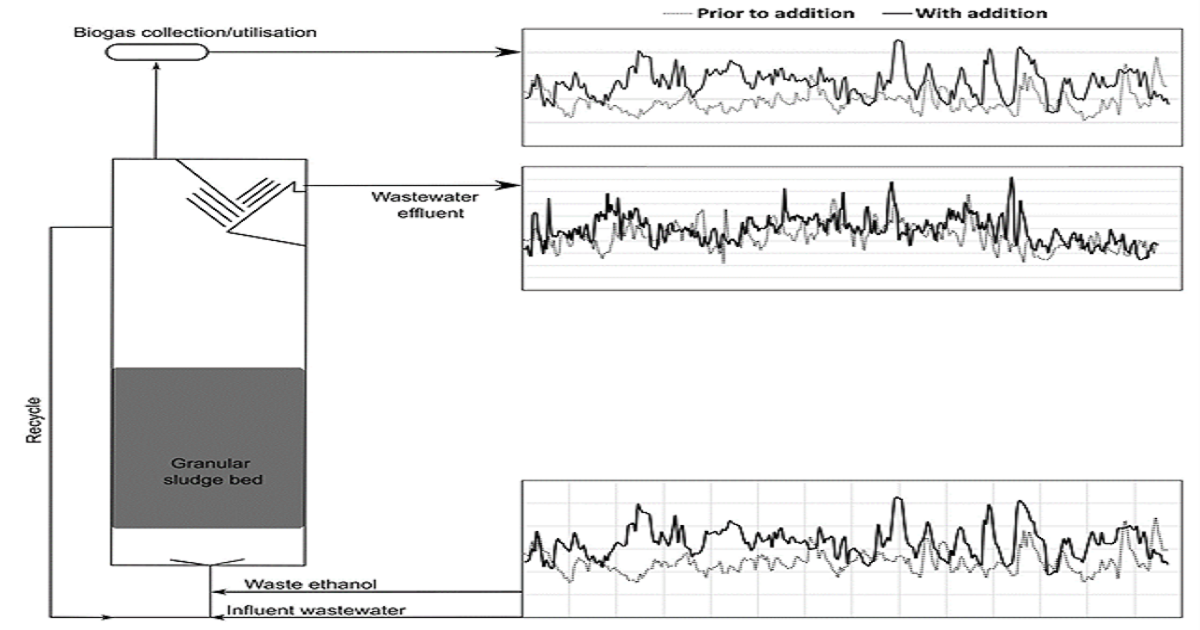Anaerobic Digestion Process: Design, Optimization and Application
A special issue of Processes (ISSN 2227-9717). This special issue belongs to the section "Biological Processes and Systems".
Deadline for manuscript submissions: closed (10 February 2025) | Viewed by 4916

Special Issue Editor
Special Issue Information
Dear Colleagues,
The accumulation of waste has nowadays been an ongoing problem. Because of the said reasons, waste management is a field that constantly seeks improvement. Anaerobic digestion (AD) is an interesting approach to waste management since it produces biogas, a gaseous mixture of primarily methane and CO2, which can be used in various industrial and other processes. Waste, especially organic, such as food and beverage waste, is characterized by high biodegradability and is a suitable substrate for anaerobic digestion. Furthermore, the fact that anaerobic digestion in this case utilizes food waste, it can be concluded that AD in this case plays a dual part in improving the sustainability of the industry: (1) it improves the management of the industrial waste and (2) it generates the production of the energy source – biogas. Also, indirectly, AD, in this case, uses waste from the food and beverage industry, which does not endanger resources needed for food production.
The topics within the scope of the issue are mainly the following, but not limited to this:
- Anaerobic digestion of waste materials, waste, and by-products from the food and beverage industry, as well as agriculture are included
- Pre-treatment of substrates used in anaerobic digestion
- Unification of anaerobic digestion with various other processes and applications (eg. Incineration)
- Inhibition effects in anaerobic digestion
- Characterization and quality of produced digestate
Dr. Gregor Drago Zupančič
Guest Editor
Manuscript Submission Information
Manuscripts should be submitted online at www.mdpi.com by registering and logging in to this website. Once you are registered, click here to go to the submission form. Manuscripts can be submitted until the deadline. All submissions that pass pre-check are peer-reviewed. Accepted papers will be published continuously in the journal (as soon as accepted) and will be listed together on the special issue website. Research articles, review articles as well as short communications are invited. For planned papers, a title and short abstract (about 250 words) can be sent to the Editorial Office for assessment.
Submitted manuscripts should not have been published previously, nor be under consideration for publication elsewhere (except conference proceedings papers). All manuscripts are thoroughly refereed through a single-blind peer-review process. A guide for authors and other relevant information for submission of manuscripts is available on the Instructions for Authors page. Processes is an international peer-reviewed open access monthly journal published by MDPI.
Please visit the Instructions for Authors page before submitting a manuscript. The Article Processing Charge (APC) for publication in this open access journal is 2400 CHF (Swiss Francs). Submitted papers should be well formatted and use good English. Authors may use MDPI's English editing service prior to publication or during author revisions.
Keywords
- anaerobic digestion
- food waste
- beverage waste
- digestate
- food by-products
- waste management
- wastewater treatment
- pre-treatment
Benefits of Publishing in a Special Issue
- Ease of navigation: Grouping papers by topic helps scholars navigate broad scope journals more efficiently.
- Greater discoverability: Special Issues support the reach and impact of scientific research. Articles in Special Issues are more discoverable and cited more frequently.
- Expansion of research network: Special Issues facilitate connections among authors, fostering scientific collaborations.
- External promotion: Articles in Special Issues are often promoted through the journal's social media, increasing their visibility.
- Reprint: MDPI Books provides the opportunity to republish successful Special Issues in book format, both online and in print.
Further information on MDPI's Special Issue policies can be found here.





